Essential Tools
How to Care for Any Type of Cutting Board—Plus, the Best Ones to Buy
Except for glass boards—they didn't make the cut.
Popular on Food52
21 Comments
bambooguy
December 7, 2022
We are absolutely thankful to your dedicated work. If someone like to know more about how to choose the best dishwasher safe cutting boards then you must visit our website.
https://www.thebambooguy.com/products/hiempla-zero-scratch-synthetic-rubber-cutting-board
https://www.thebambooguy.com/products/hiempla-zero-scratch-synthetic-rubber-cutting-board
maku
August 6, 2022
Catherine C. Vestal
I am reading your article,This article is very good.
I hope any user get your site his targeted full information.
your article topic is "Marble And Wood Cutting Board" this is very interesting Article.Thanks
https://needinhome.com/best-marble-and-wood-cutting-board/
I am reading your article,This article is very good.
I hope any user get your site his targeted full information.
your article topic is "Marble And Wood Cutting Board" this is very interesting Article.Thanks
https://needinhome.com/best-marble-and-wood-cutting-board/
BoardMaster
June 3, 2020
Wood cutting boards and in particular Teak boards are noted to be best by America's Test Kitchen (https://www.youtube.com/watch?v=kd4vNcTvWnE) for their protection of knife blades and ability to handle the harsh kitchen environment. GIGWOOD (https://www.gigwood.co) has basically reinvented the cutting board by taking the best rated edge-grain Teak cutting board and cross-grain laminating it around a super dense African Wenge core resulting in the most stable and reliable wood cutting board made. GIGWOOD cutting boards are the only wood cutting boards that are guaranteed to never warp or split. Gigwood cutting boards truly are beauty and the beast, as durable as they are beautiful.
utopiadad
February 6, 2020
Thanks for the tips! Used to use plastic cutting boards but don't like the aesthetic and they can stain easier. We got this high end oak cutting board and it washes really easily with warm water. https://www.rowanoake.com/shop/form-series-coffee-table
Chris
December 3, 2017
Thanks for sharing. I must bookmark it.
I also written this one http://topchopbutcherblock.com/blog/how-to-make-an-end-grain-cutting-board-at-home/
I also written this one http://topchopbutcherblock.com/blog/how-to-make-an-end-grain-cutting-board-at-home/
Komal091
August 18, 2017
Your article is helpful.. keep it uphttp://ultramodernlifetraininglab.com/cutco-knives-reviews
Annu V.
June 8, 2017
Nice advice and i use plastic board for cutting purposes, but its get damage after some time and not that much hygienic for use. so i take your advice and go for another.
Thank you
Thank you
Michelle R.
February 27, 2017
You stated in the article that you use a counter butcher block, what is the care process for this? I have a butcher block rolling cart but I'm afraid to use it as a cutting board because I don't know the proper clean up for it.
QueenSashy
February 27, 2017
There are several discussions on hotline that address the maintenance of wooden boards, perhaps there are some useful thoughts...
https://food52.com/hotline/5591-how-do-you-clean-your-wood-cutting-board
https://food52.com/hotline/752-i-see-chefs-on-tv-using-butcher-block-counters-and-very-large-cutting-boards-to-chop-all-kinds-of-thi
https://food52.com/hotline/search?q=wooden+board
https://food52.com/hotline/24826-cutting-board-stinkiness
https://food52.com/hotline/5591-how-do-you-clean-your-wood-cutting-board
https://food52.com/hotline/752-i-see-chefs-on-tv-using-butcher-block-counters-and-very-large-cutting-boards-to-chop-all-kinds-of-thi
https://food52.com/hotline/search?q=wooden+board
https://food52.com/hotline/24826-cutting-board-stinkiness
ChristieeD
February 1, 2018
I think if we're talking about cutting board maintenance all you need is an $8 bottle of Walrus Oil (no walruses harmed) http://walrusoil.com
Jerry
May 4, 2016
With wooden cutting boards there is a difference in quality depending on the way the wood is cut. There is a good blog about the differences at https://houseofcuttingboards.com/blogs/news/106141510-why-end-grain-cutting-boards-are-considered-a-higher-quality
K C.
October 23, 2015
I love my teak board. It's gentle on my Shun knives. No more Epicurean boards for me.
david R.
September 6, 2015
Would be helpful to further clarify the ability of natural wood to control bacteria. This is a basic decision in many kitchens,so why not express the science?
QueenSashy
September 6, 2015
I too always wondered about the science behind the claim, and tried to do a little bit of poking around, since most of the time we read how “wood has natural ability to fight bacteria”, yet very few articles offer an in-depth explanation. Here is a study from UC Davis Food Safety Laboratory, http://faculty.vetmed.ucdavis.edu/faculty/docliver/Research/cuttingboard.htm. A study by the German Federal Agency for Agriculture and Food (https://www.researchgate.net/publication/228343502_Survival_of_bacteria_on_wood_and_plastic_particles_Dependence_on_wood_species_and_environmental_conditions), and another by the German Institute for Food
Technology, which reported similar findings, explained that the reason for the antibacterial properties of certain types of wood (e.g. pine and oak) lie in the hygroscopic (moisture-absorbing) qualities and in polyphenols, which naturally occur in the wood. I also stumbled upon a research paper that argues how high levels of polyphenols in some woods can explain their natural preservation against rot.
Technology, which reported similar findings, explained that the reason for the antibacterial properties of certain types of wood (e.g. pine and oak) lie in the hygroscopic (moisture-absorbing) qualities and in polyphenols, which naturally occur in the wood. I also stumbled upon a research paper that argues how high levels of polyphenols in some woods can explain their natural preservation against rot.
Terry D.
September 3, 2015
I use the kind of round rubber cutting board they use in Chinese restaurant kitchens. I love it - doesn't damage the knives, doesn't warp, cleans well and lasts forever.
Patricia R.
September 3, 2015
I've always been told to only use plastic cutting boards for meat and fish. Is that true? This article makes it sound like it'd be safer to use a wood one if you clean it properly after.
Smaug
September 3, 2015
Plastic boards put away damp will soon start growing mold, especially in any knife marks. You may change the warp in a piece of wood, but actually flattening it would be a large coincidence. As to the porosity of teak it is the preferred wood for boat fixtures and outdoor furniture because of it's high moisture content and resistance to penetration by moisture.
QueenSashy
September 2, 2015
For a long time I was a devotee of Epicurean cutting boards, until they started to peel off. Moreover, the boards were brutal to my knifes -- something, ever-wise pierino warned me about -- but I chose to ignore until the knives got dull beyond repair. I now use Shun Hinoki wooden chopping boards, they are made of soft (and fragrant) cypress wood – they are a bit pricy, but the knifes love them…
gmd1228
September 2, 2015
How do you sanitize and care for your butcher block counter top?
QueenSashy
September 2, 2015
TheKitchn had an article about it a while ago, here is the link http://www.thekitchn.com/how-to-clean-butcher-block-countertops-cleaning-lessons-from-the-kitchn-206165

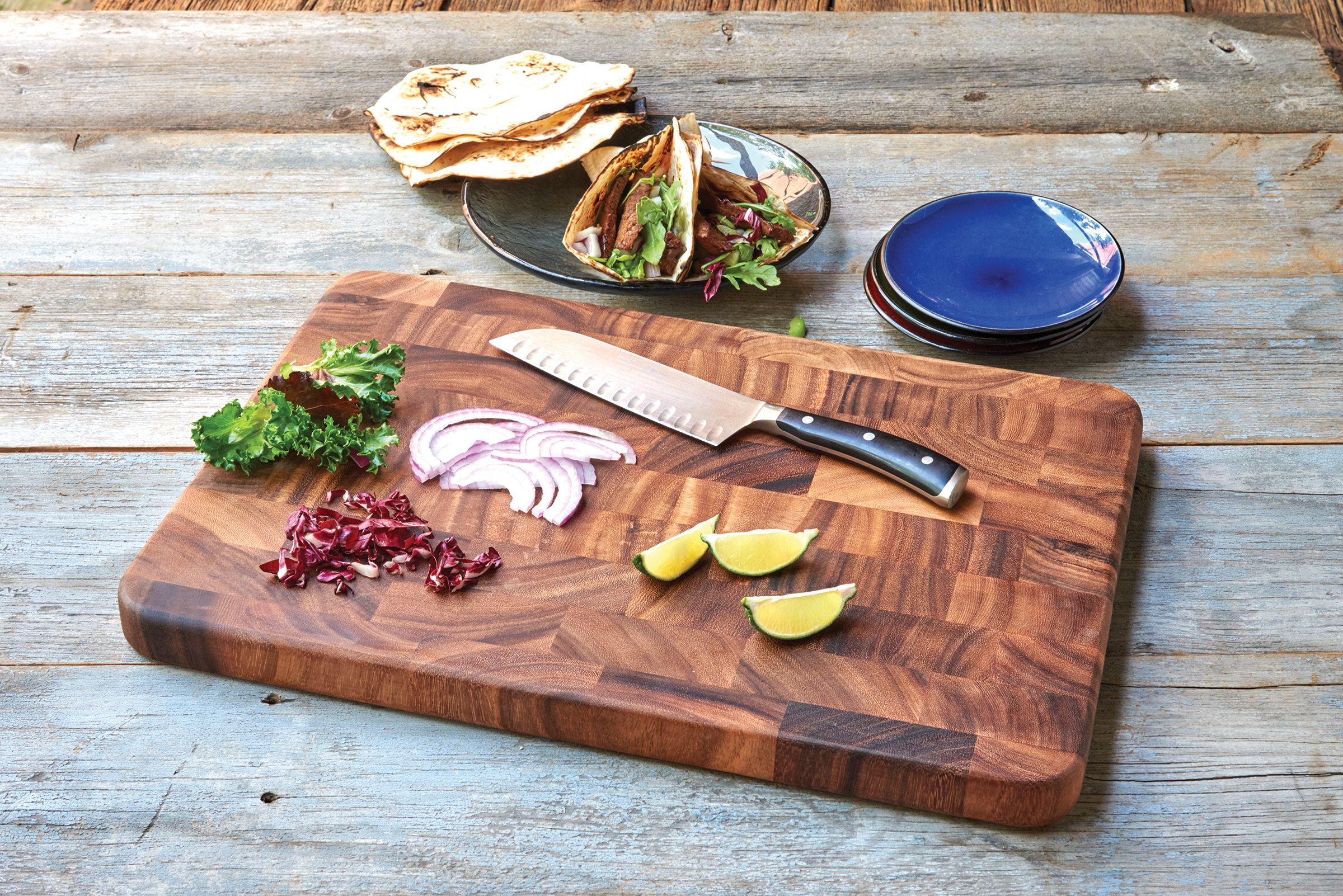
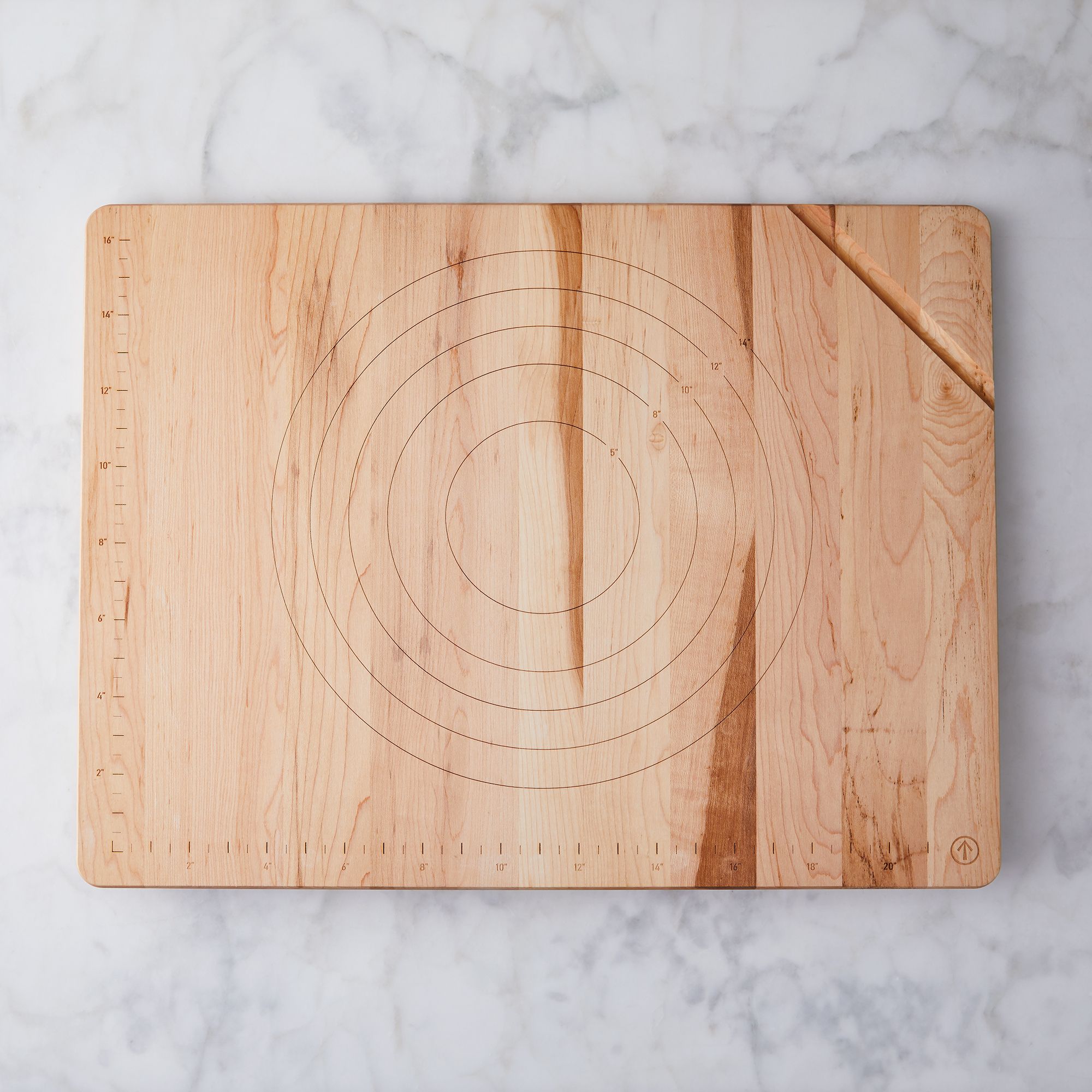
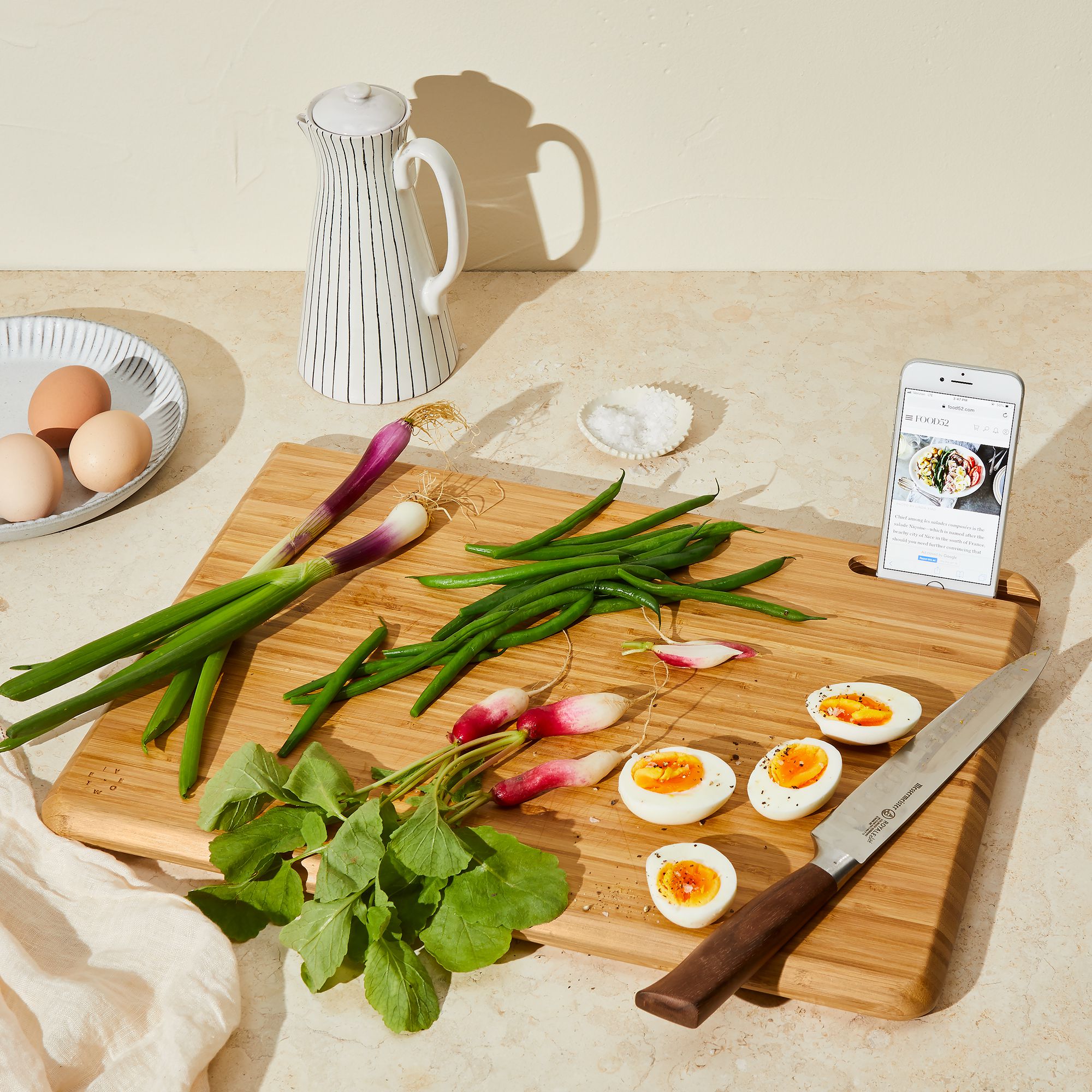
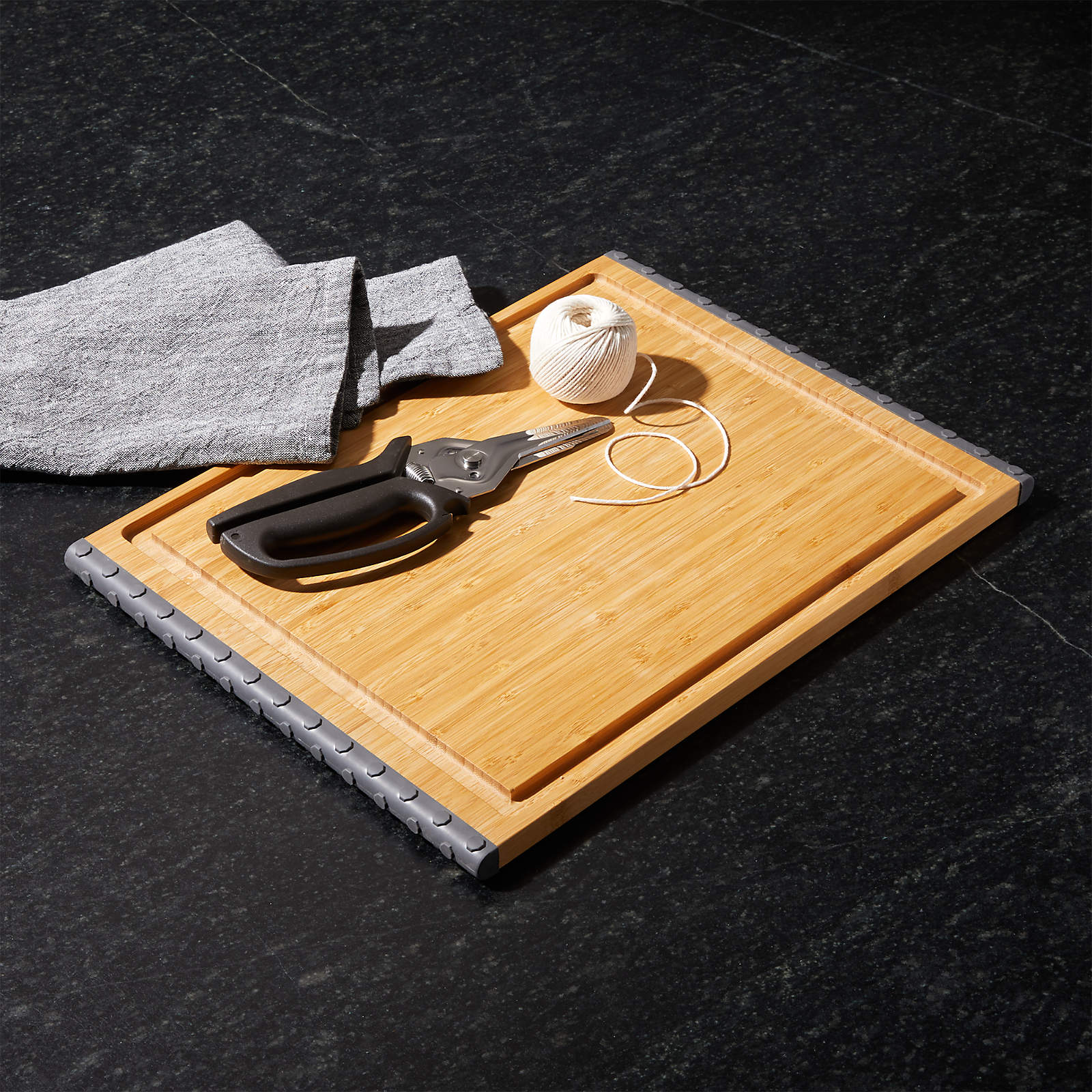



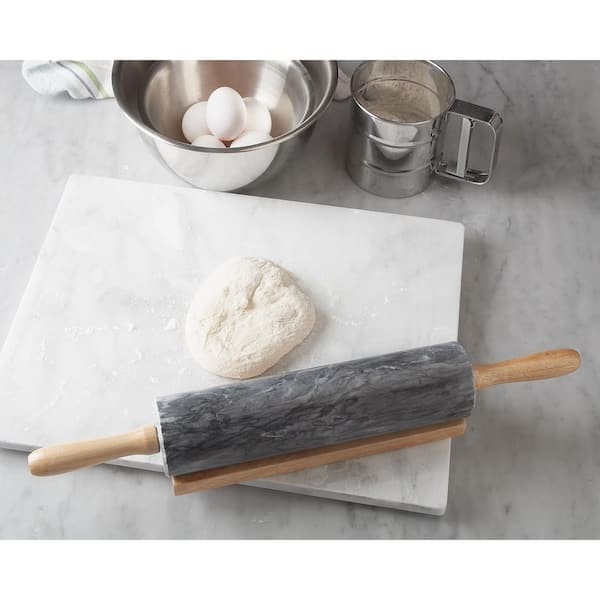

See what other Food52 readers are saying.